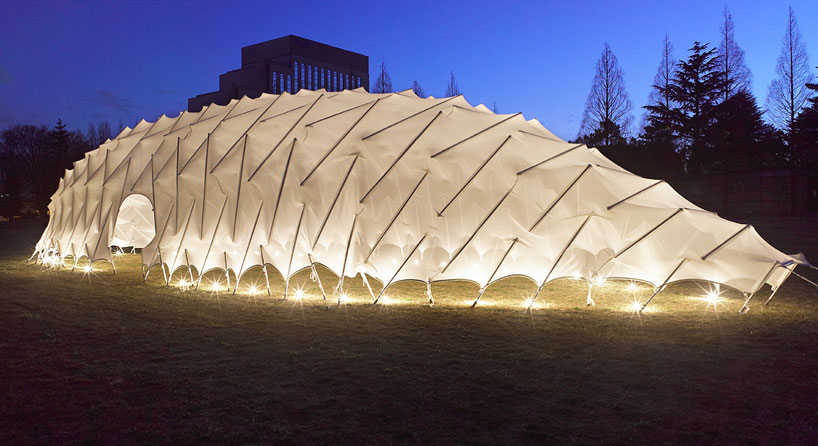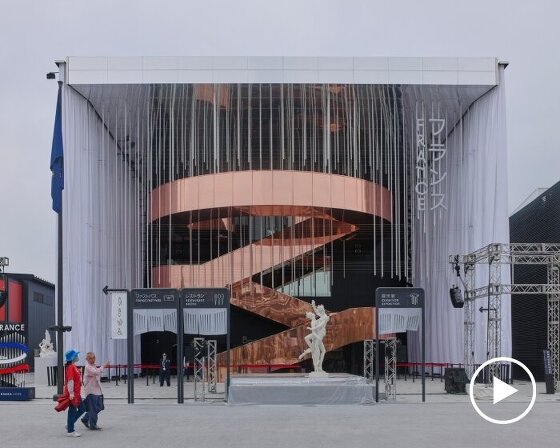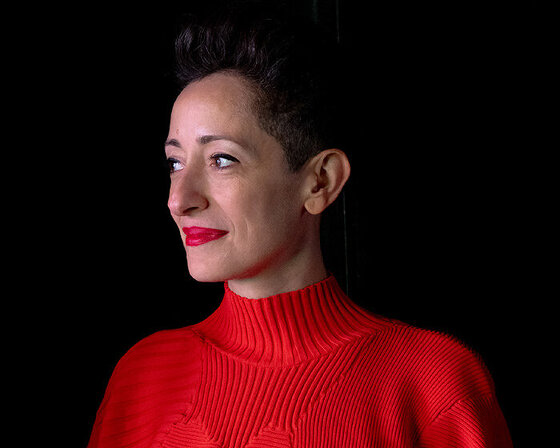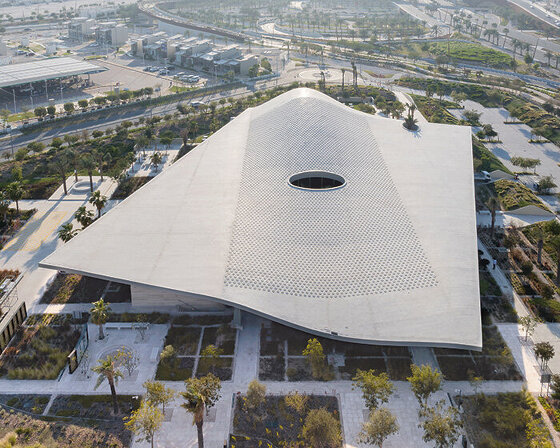C+A coelacanth and associates: MOOM tensegritic membrane structure
image © sadao hotta
all images courtesy of C+A, coelcanth and associates
one of the partners of C+A coelacanth and associates, kazuhiro kojima, led a team of 70 architectural students at the tokyo university of
science in the design and creation of an experimental, lightweight, load-bearing structure for a temporary pavilion. the 26-meter long,
up to 7.5-meter-wide and 4.25-meter-high volume is self-supporting and is comprised of solely two components: metal nodes and a
delicate elastic polyester skin, only 0.7-mm thick. the airy structure was erected in one day, using a tectonic system of a membrane is
pulled over aluminum tubes that create a tensegrity system, a term coined by buckminister fuller to describe network of floating
compression wherein prestressed members are used to delineate a spatial system . the 131 bars are various lengths and do not touch,
opting to create a synthesis of skin and structure via a system of sewn-on sheaths that the structural modules slide into. the pavilion is
anchored at the base like a conventional tent with altered aluminum tubes as pegs.
the total form weighs a mere 600 kg, however it covers a ground area of 146 square meters. the pavilion admits an ample amount of daylight
while pointedly shielding from UV radiation; the effect is one of ethereality, tectonically manifested as a swathe of diffused light. at night, the
relationship of node and skin reverses and the nodes create a pattern of fractured ribbing.
the assembly process and overall scale is highlightedvideo © shinkenchikusha
image © sadao hotta
image © sadao hotta
image © sadao hotta








